Fiend Without a Face (1958) seems to have inavertently generated a certain amount of controversy by being released on a Criterion DVD — because it’s not “good enough” for the prestigious company. (Frankly, it seems a lot more worthy to me than that flavor of the month twaddle known as 2010’s Tiny Furniture.) “Not good enough” is, of course, subjective, and in the case of this low-budget 1950s sci-fi horror, it seems certainly a good enough as an example of a kind of film that was done surprisingly well. For that matter, any “theory” of film that limits itself to an often very arbitrary of “art,” is sorely lacking in scope and a sense of cinema. Moreover, it’s just nice to see this film in a solid DVD incarnation. Is it a great movie? Well, no, but it’s very good at what it attempts — much better, in fact, than many of its big-budgeted brothers of ’50s sci-fi.
This is a movie that used to be a TV staple — you know, back when we didn’t have a hundred channels to choose from. (There’s something more than a little bit off about the disappearance of so many movies in this age of theoretically limitless viewing options.) Its appearance on Saturday matinees and late shows was a common — but generally welcome — occurrence. And it wasn’t just because it — unlike so many movies of its time — had a pay-off that actually paid off. The material leading to that pay-off was pretty darn good — if considerably more economial — and its slower-paced, more subdued (a relative term) early sections actually add to the effectiveness of its over-the-top ending. OK, yes, there’s an abundance of military stock shots and some of the performances are only adequate (Kynaston Reeves’ very theatrical “mad” scientist makes up for much). But on balance it’s a nifty little movie.
The story is set in Canada (though shot in Britain) and concerns the locals concerns over an American airbase and its nuclear power station, which they blame for all manner of things — from hampering milk production to a sudden series of inexplicable deaths that leave the victims with an expression of stark terror on their faces. As it turns out, it also leaves them minus a brain and a spinal column — reason enough, one supposes, for stark terror. But is it being caused by the airbase? Well, not exactly, though the nuclear power plant enters into it. What carries all this is the growing sense of dread and the film’s undeniable atmosphere — an atmosphere generate by almost absurdly simple lighting effects. The question arises of just who is responsible for this atmosphere. According to Marshall Thompson — the imported American star (British movies of the time felt even lesser American stars would boost their chances in the US) — the credited director, Arthur Crabtree felt the project was beneath him (did the man never look at his other credits?) and walked off the film, leaving Thompson to take over the direction. If that’s entirely true, it’s ironic, since Fiend Without a Face is probably the only reason Crabtree is remembered at all.
But what of the big pay-off with its finally visible brain monsters? Well, it’s clearly done with stop-motion and not especially elaborate stop-motion, but it’s still very effective — made more so by the startlingly gory effects when the creatures are shot. Moreover, it’s very well integrated into the live action — almost seamlessly so, despite being fairly simplistic. We may not exactly buy into their reality, but neither do we question it. Perhaps no more can be asked of a movie like this.
The Thursday Horror Picture Show will screen Fiend Without a Face Thursday, Nov. 13, at 8 p.m. in Theater Six at The Carolina Asheville and will be hosted by Xpress movie critics Ken Hanke and Justin Souther.


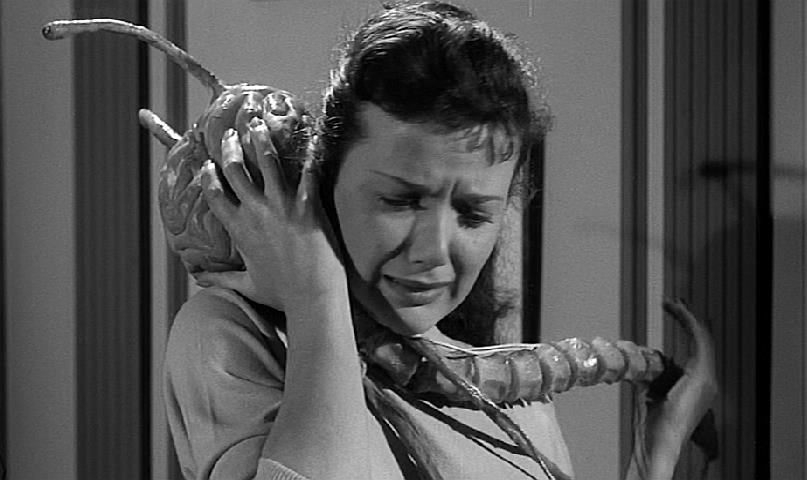
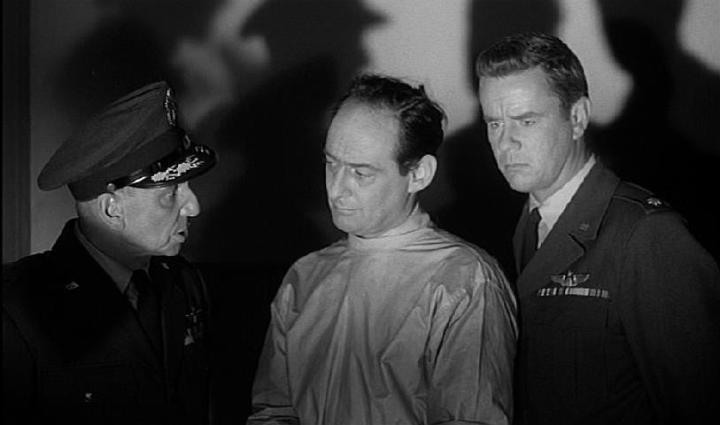
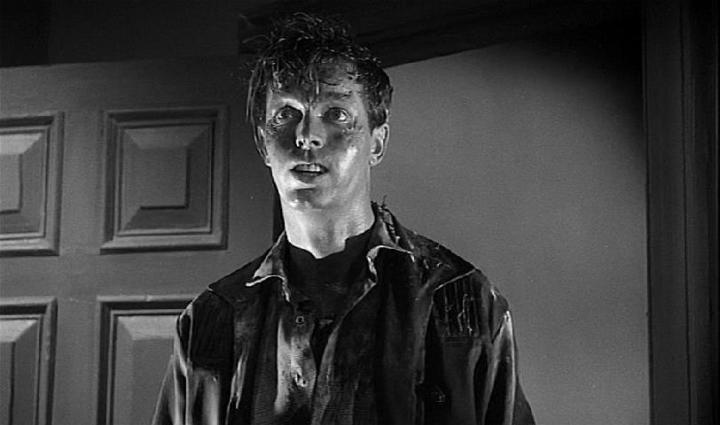
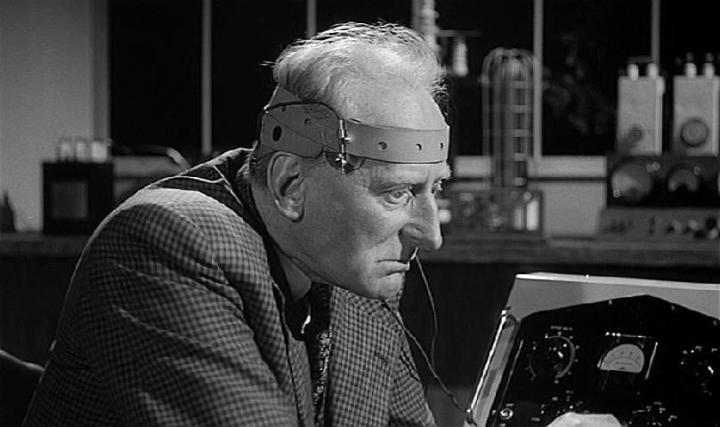
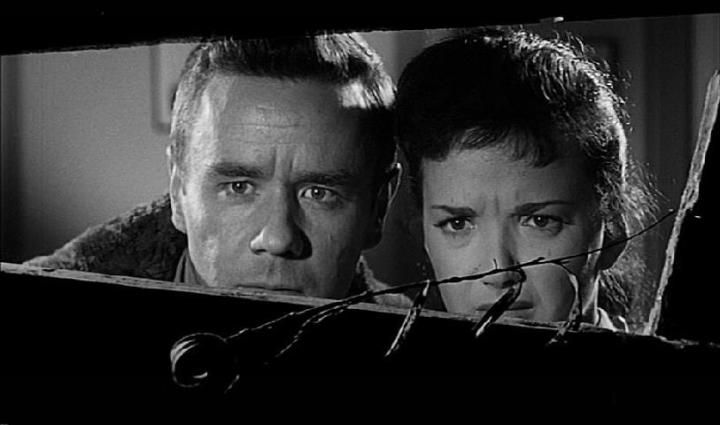
Actually Arthur Crabtree may best be remembered for HORRORS OF THE BLACK MUSEUM (1959), another 1960s TV staple with a nasty edge to it. If he walked off of FIEND, heaven knows how long he stayed around for BLACK MUSEUM which turned out to be his last movie.
Probably depends on who you hang out with and where you spent the ’60s. I’ve never seen Horrors
If that’s the case, that Thompson directed much of the movie, then he did a pretty creditable job. Ironic that the only movie Crabtree would most be remembered for was directed by someone else. Marshall was a likeable guy. I’m glad to learn this.
Well, it’s an “if it’s true” story and we don’t know how much belongs to whom.
Judging from HORRORS OF THE BLACK MUSEUM, I’d say that Crabtree did most of the directing on FIEND (minus the stop motion animation which was done by Czechs). The use of lighting and camera angles on both films is similar. Crabtree began his career as a cameraman before moving up to director. I hope the attendance was decent despite the cold weather as it’s a pretty nifty movie.
I wasn’t there myself owing to circumstances.
You have the advantage of having seen Horrors of the Black Museum.